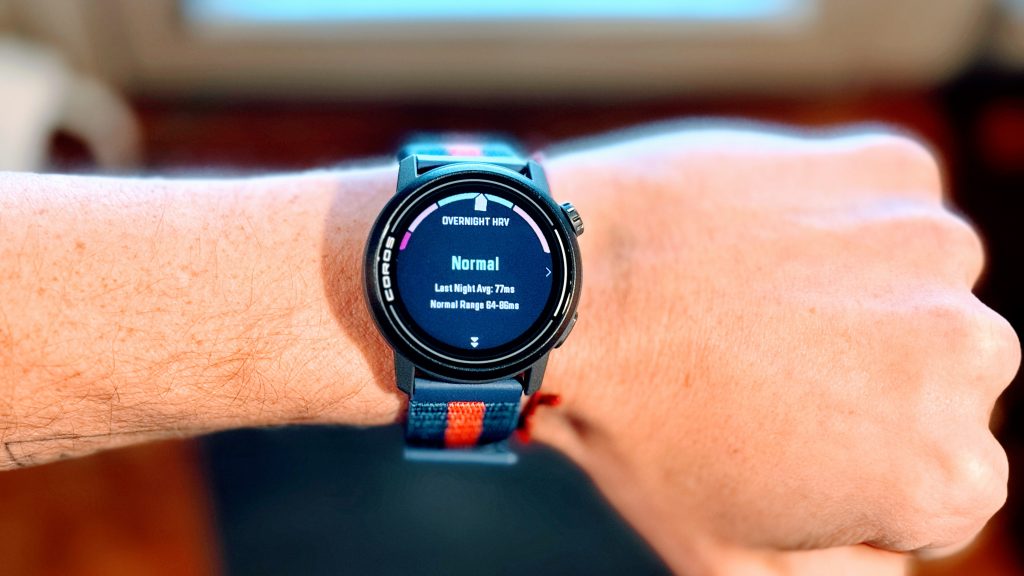Understanding Heart Rate Variability (HRV) for Optimal Health and Performance

By Henri
In the world of health and fitness, Heart Rate Variability (HRV) has emerged as a key indicator of overall well-being and athletic performance. As a running and health coach, I find HRV particularly fascinating because it offers a unique window into the balance between stress and recovery in our bodies.

What is Heart Rate Variability?
Simply put, HRV is the variation in time between each heartbeat. Contrary to what some might think, a healthy heart doesn’t beat with the regularity of a metronome. Instead, there’s a subtle variability in the intervals between heartbeats. This variability is influenced by the autonomic nervous system (ANS), which regulates many of our body’s involuntary functions.
Why is HRV Important?
HRV is a powerful tool for monitoring stress and recovery. A high HRV generally indicates a strong ability to handle stress and a robust ANS. Conversely, a low HRV can be a sign of chronic stress, fatigue, or even overtraining.
For athletes, particularly endurance runners, monitoring HRV can be crucial. It helps in understanding when to push hard in training and when to back off and recover. As a coach, I use HRV to tailor training programs to each individual’s needs, ensuring they train efficiently without risking burnout or injury.
How to Measure HRV
HRV can be measured using heart rate monitors or even some smartphone apps. These tools provide insights into daily HRV trends, allowing for adjustments in training intensity, recovery strategies, and even lifestyle choices.
Lifestyle Factors Affecting HRV
Several factors can impact your HRV, including:
- Sleep: Quality sleep is crucial for recovery, and poor sleep can negatively affect HRV.
- Nutrition: A balanced diet supports overall health and can improve HRV. As a pescatarian, I focus on a diet rich in fish, fruits, vegetables, and whole grains.
- Stress Management: Techniques like meditation, yoga, or simply engaging in hobbies can help manage stress and improve HRV.
- Physical Activity: Regular exercise, especially aerobic activities like running, enhances HRV. However, balance is key to avoid overtraining.
Final Thoughts
As we continue to explore the intricacies of our bodies, HRV stands out as a valuable metric for anyone interested in optimizing health and performance. Whether you’re an athlete or someone simply looking to improve your well-being, paying attention to HRV can be a game-changer. Remember, listening to your body and understanding its signals is essential for a balanced, healthy life.
Stay tuned for more insights on health, running,
and wellness. And remember, whether you’re a seasoned marathoner or a weekend jogger, integrating HRV monitoring into your routine can make a significant difference. Keep running, stay healthy, and let’s embrace the journey towards peak performance and well-being together.
Yours in health and fitness,
Henri
P.S. For more tips on running, wellness, and achieving your fitness goals, check out my running club, PMPRunning, where we blend project management principles with the art of running. Let’s chase those goals! ????♂️????



